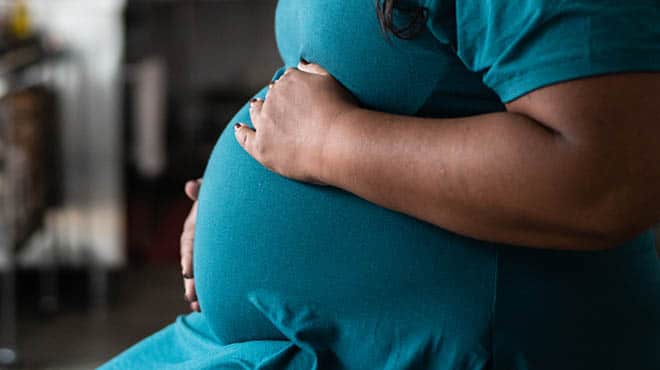The Mississippi State Department of Health has declared a public health emergency over rising infant mortality rates – now the highest the state has seen in over a decade.
“Too many Mississippi families are losing their babies before their first birthday,” MSDH director and state health officer Dr. Dan Edney said. “This is deeply personal to me – not just as a physician but as a father and grandfather. Every single infant loss represents a family devastated, a community impacted, and a future cut short.”
Data from 2024 shows the state’s infant mortality rate has increased to 9.7 deaths per 1,000 live births. In Mississippi, 3,257 babies have died before the age of one since 2014, with the leading causes being congenital malformations, preterm birth, low birth weight, and Sudden Infant Death Syndrome.
The national average is 5.6 deaths per 1,000 live births, according to the Centers for Disease Control and Prevention.
In declaring the public health emergency, Edney is calling on a joint effort by healthcare providers, policymakers, and the public to reverse the devastating numbers.
“We cannot and will not accept these numbers as our reality. Declaring this a public health emergency is more than a policy decision; it is an urgent commitment to save lives,” he continued. “Mississippi has the knowledge, the resources, and the resilience to change this story. It will take all of us – policymakers, healthcare providers, communities, and families – working together to give every child the chance to live, thrive, and celebrate their first birthday.”
Declaration of a public health emergency allows the MSDH to mobilize resources more quickly and work with partners more efficiently. The agency is currently working to leverage clinical leadership to coordinate intra-agency resources to develop a united system to address the emergency.
MSDH also released the following strategy it believes will buck the deadly trend:
- Activating an Obstetrics System of Care, which standardizes and regionalizes maternal and infant care, improves transfer systems designating levels of care and expedites transfers to appropriate facilities.
- Eliminating “OB deserts” by increasing prenatal care opportunities utilizing targeted county health departments.
- Expanding community health worker programs to connect mothers and babies with care and resources where they live.
- Strengthening Healthy Moms, Healthy Babies, a care management and home visiting program that supports expectant mothers and infants at risk, providing safer birthing experiences and healthier infant development.
- Partnering with hospitals and medical providers to address gaps in maternal care and to reinforce the importance of prenatal visits.
- Educating families on safe sleep practices to reduce preventable infant deaths.
“Improving maternal health is the best way to reduce infant mortality,” Edney concluded. “That means better access to prenatal and postpartum care, stronger community support, and more resources for moms and babies. Healthy women of childbearing age are more likely to have healthy pregnancies, which in turn lead to healthier babies.”








